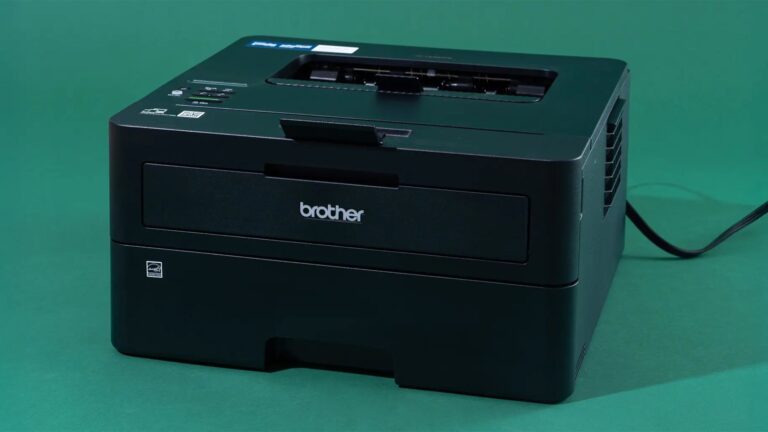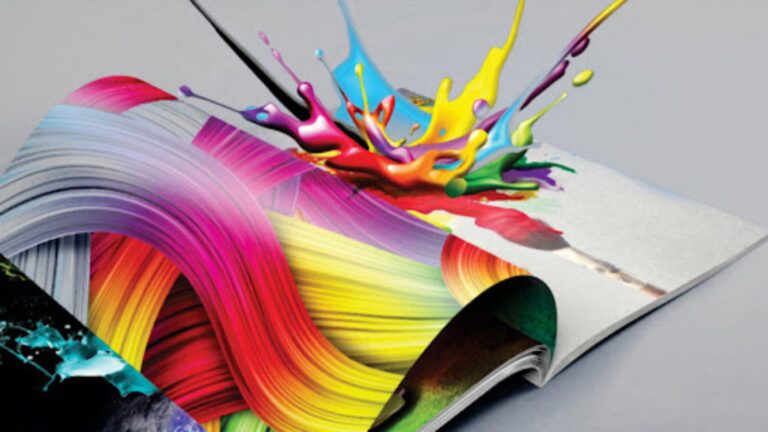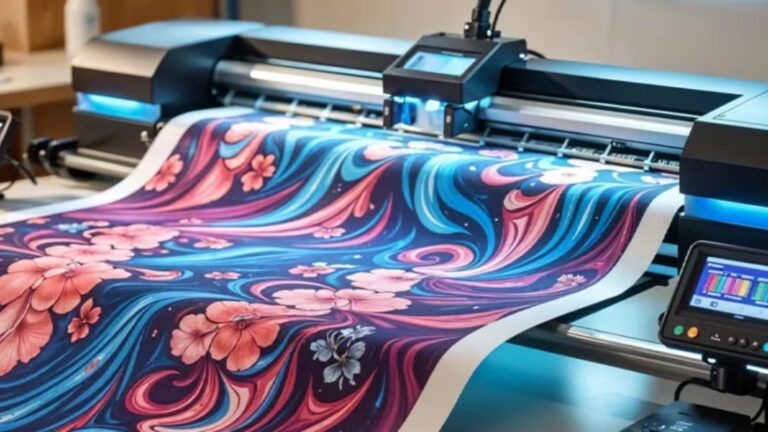
Print finishing techniques add the final touch to printed materials, elevating their appearance and tactile appeal. Among the many finishing options available, foiling and embossing are two popular methods used to create luxurious, eye-catching effects. These techniques enhance branding, invitations, packaging, and promotional materials by adding texture, shine, and dimension. Understanding how foiling and embossing work, their benefits, and applications can help you choose the best finish for your next print project.

What Is Foiling?
Foiling is a decorative process that applies a thin layer of metallic or pigmented foil onto the surface of printed materials using heat and pressure. The result is a shiny, reflective finish that catches light beautifully, making designs stand out with a sophisticated touch.
Types of Foiling
-
Hot Foil Stamping: Uses a heated die to transfer foil onto the paper, creating a crisp, metallic effect.
-
Cold Foil Printing: A UV-curable adhesive is printed on the surface, and foil is transferred using pressure without heat, suitable for complex designs and faster production.
What Is Embossing?
Embossing raises the surface of the paper or material to create a three-dimensional design, adding texture and depth. This technique uses metal dies and pressure to press the paper into a raised shape, giving printed pieces a tactile quality that draws attention.
Types of Embossing
-
Blind Embossing: No ink or foil is applied; the raised design is subtle and elegant.
-
Registered Embossing: The embossing aligns precisely with printed ink or foil for a combined visual and tactile effect.
Benefits of Foiling and Embossing
-
Visual Impact: Both techniques add luxury and sophistication, making products memorable.
-
Tactile Experience: Embossing enhances the feel of the material, engaging multiple senses.
-
Brand Differentiation: Foiling and embossing convey quality and attention to detail, boosting brand perception.
-
Versatility: Suitable for business cards, book covers, invitations, packaging, and more.
Common Applications
-
Luxury Packaging: Foiling and embossing enhance product packaging to create premium appeal.
-
Wedding Invitations: These finishes add elegance and a personal touch.
-
Business Cards: Stand out in networking with unique textures and metallic accents.
-
Book Covers: Enhance cover design with embossed titles and foil highlights.
-
Marketing Materials: Brochures, catalogs, and flyers benefit from added visual interest.
Considerations When Choosing Foiling and Embossing
-
Cost: These techniques add extra steps and materials, increasing production costs.
-
Design Complexity: Foiling and embossing require careful design preparation to ensure crisp, clean results.
-
Material Selection: Not all papers or substrates are suitable; thicker, high-quality stocks yield the best outcomes.
-
Turnaround Time: Additional finishing processes may extend production timelines.
Conclusion
Foiling and embossing are timeless print finishing techniques that elevate the look and feel of printed materials. Their ability to add shine, texture, and dimension makes them ideal for projects seeking a luxurious, professional finish. By understanding the nuances of each method, you can select the perfect finish that complements your design and leaves a lasting impression.







